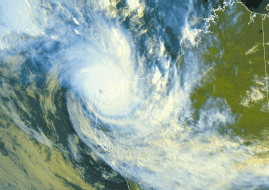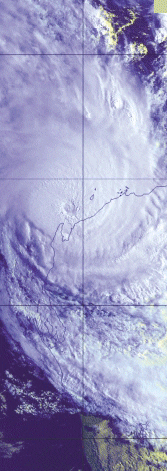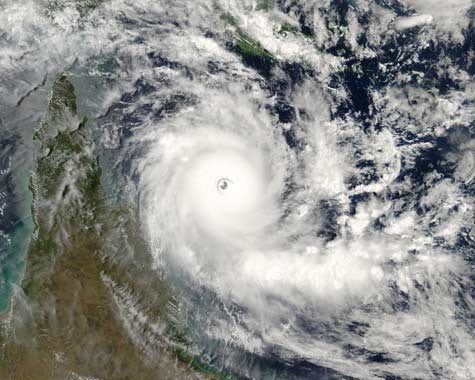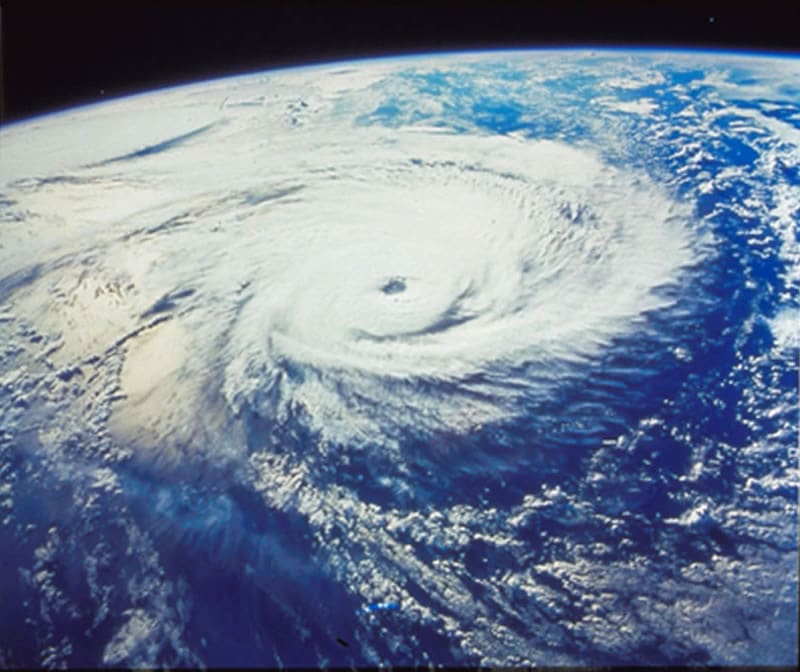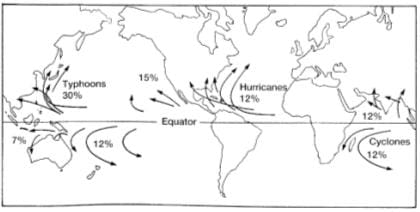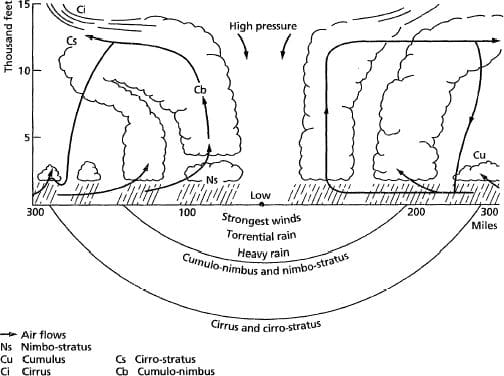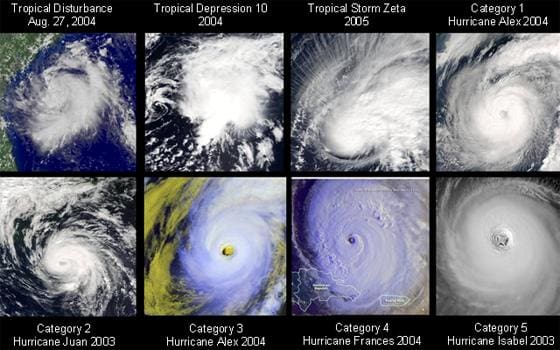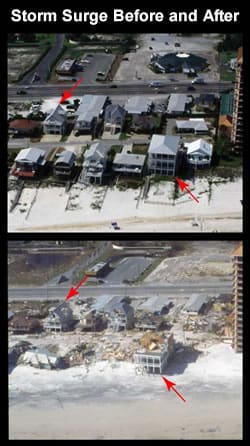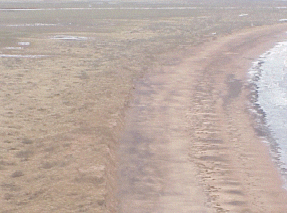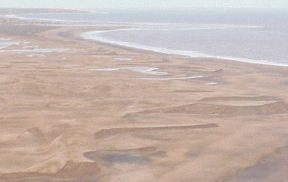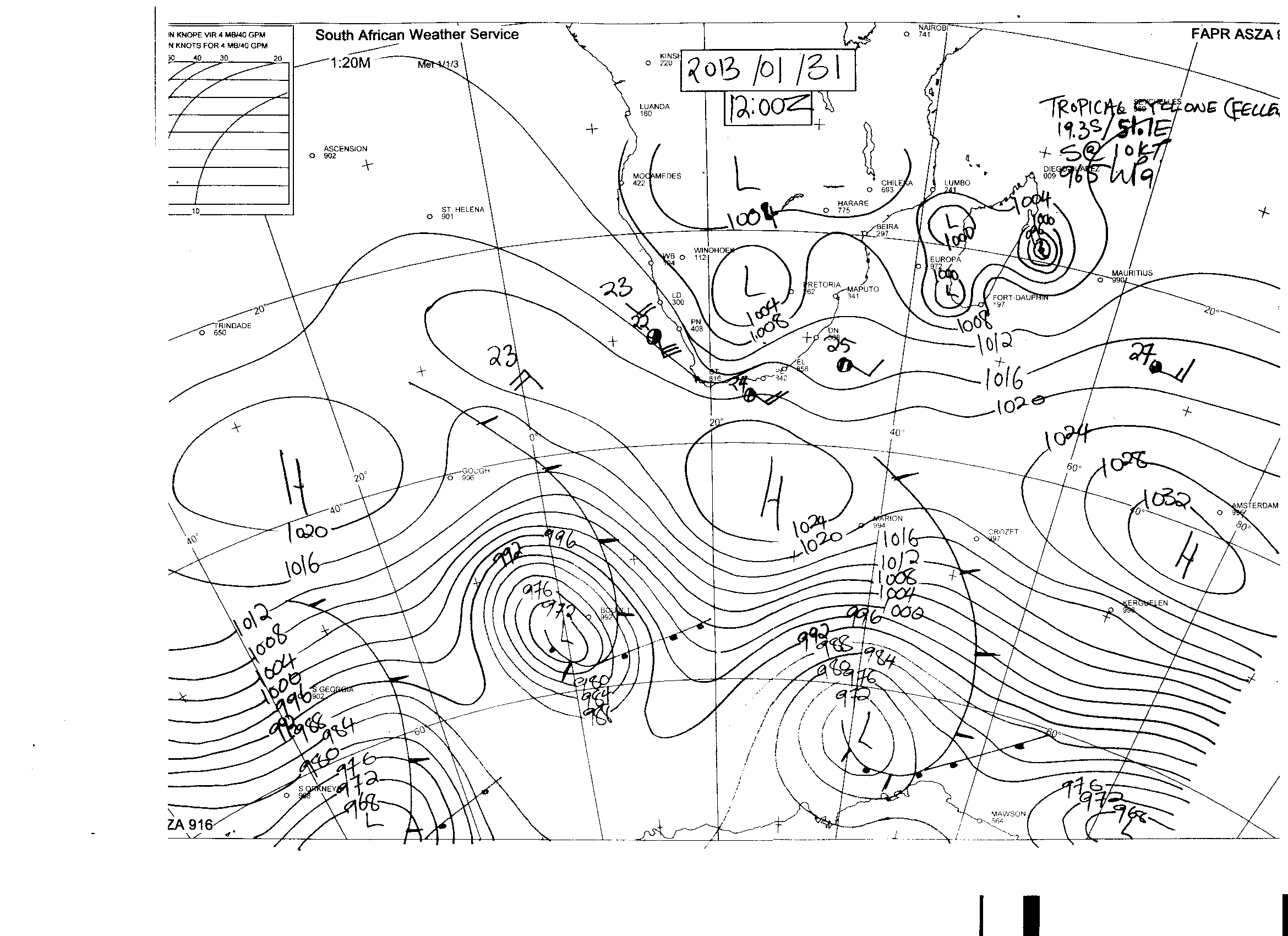Tropical Cyclones
General characteristics
Hurricane Katrina
Areas where tropical cyclones form
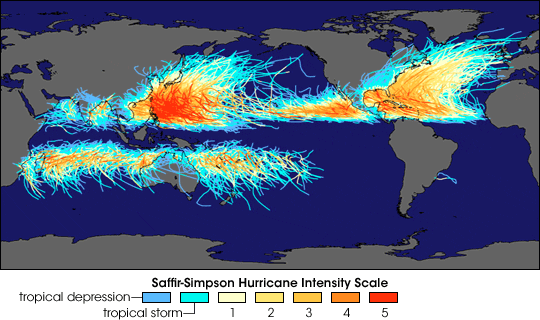
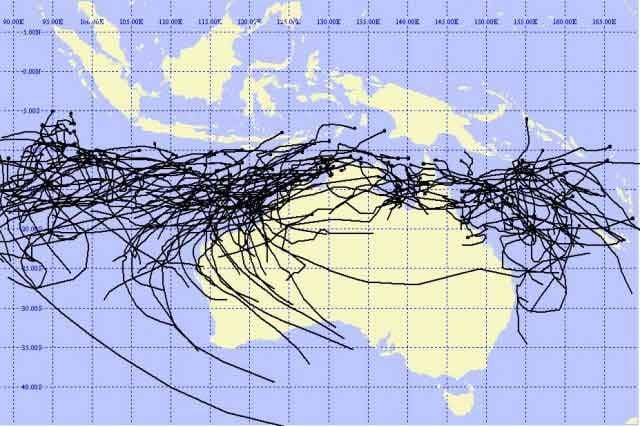
Factors necessary for their formation
- A sea temperature of 27° C
- Strong Coriolis Force
- Strong upper air divergence
Stages of development & Associated weather patterns
Hurricane intensifying over the warmer ocean of the Gulf of Mexico
How a hurricane is born – The Science Of Superstorms
Anatomy of a Hurricane
Categories:
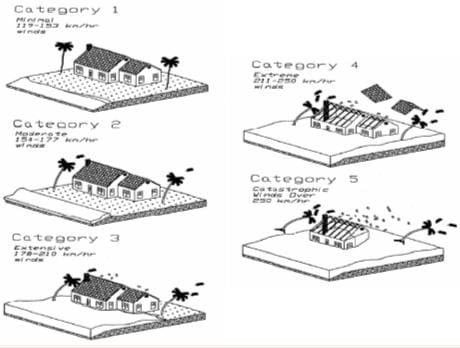
Storm Surge:

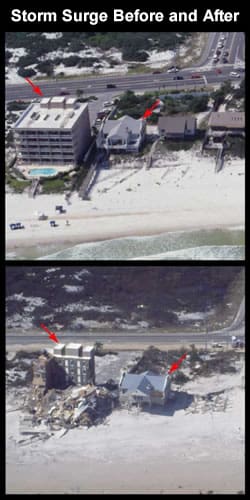
Reading and interpreting satellite images and synoptic weather maps
Tropical Cyclone symbol – Southern Hemisphere

Tropical Cyclone symbol – Northern Hemisphere
More Synoptic examples of an approaching Tropical Cyclone over the Indian Ocean (opens in a new page)
Case study of one recent tropical cyclone that affected southern Africa
Impact of tropical cyclones on human activities and the environment
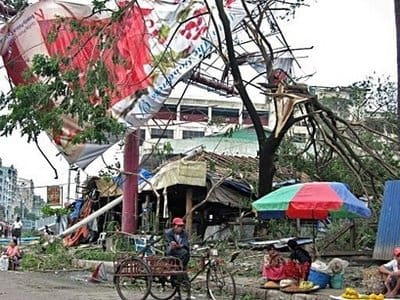
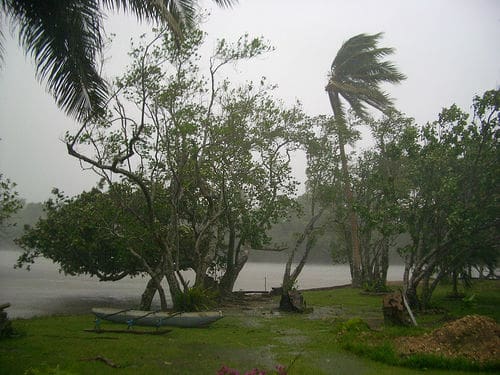
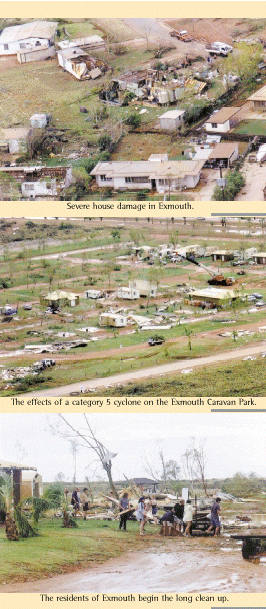
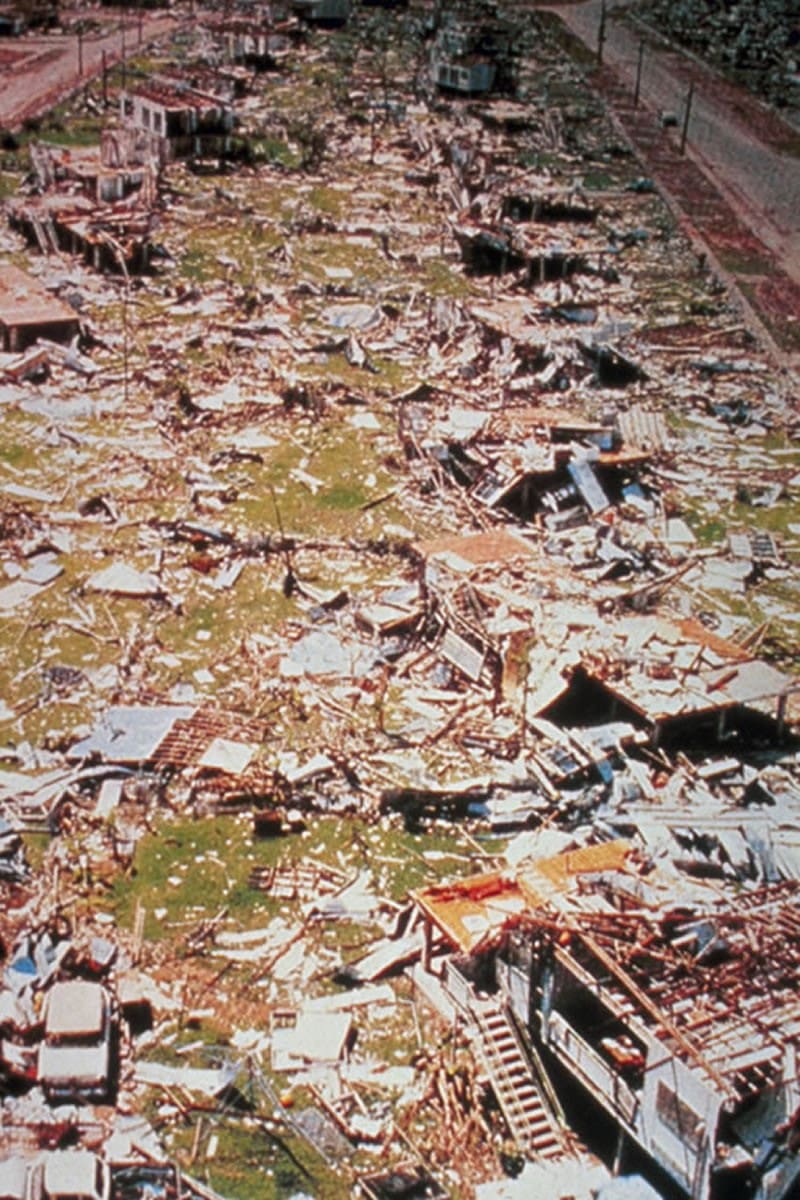
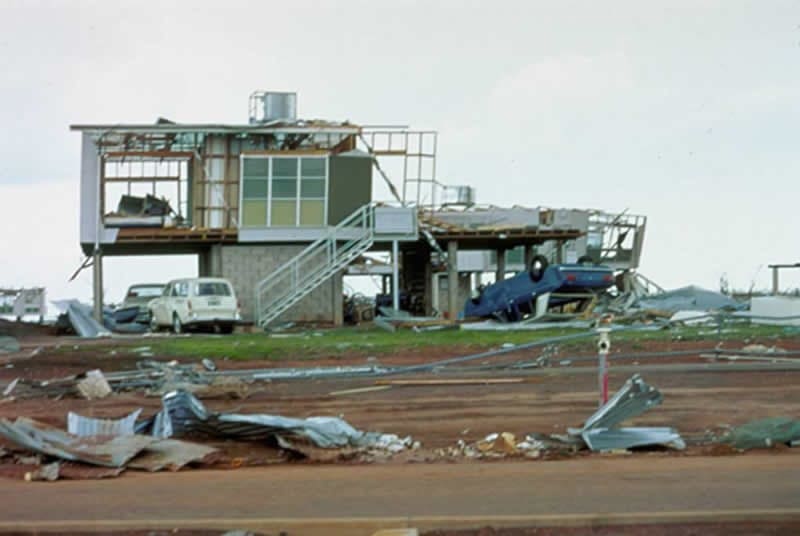
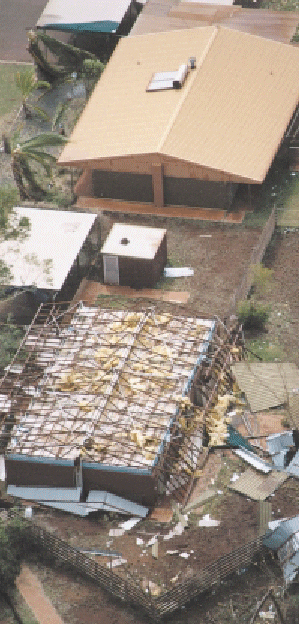


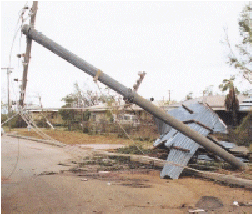
Strategies that help to prepare for and manage the effects of tropical cyclones
Being prepared is essential to preventing loss of life and property when a Tropical Cyclone approaches.
First World countries are better prepared in this regard. Far more loss of life occurs in Third World countries due to less advanced warning systems and a lower level of preparedness.
The link below is a First World example of preparing communities for a Hurricane.
https://www.cdc.gov/disasters/hurricanes/before.html
Another example:
http://www.odpm.gov.tt/node/21
Cyclones around the globe
Eloise – Mozambique January 2021
Flooding in Kruger National Park
Mozambique tropical cyclone Eloise (News 24 articles)
Yasi – Queensland Australia 2011
How the first world deals with approaching cyclones – Disaster Info Centre
Thousands Flee Cyclone
Tropical Cyclone Yasi Approaches Queensland Australia
Powerful cyclone Yasi hits Queensland in Australia
Monster Storm: Cyclone Yasi batters Queensland, Australia
